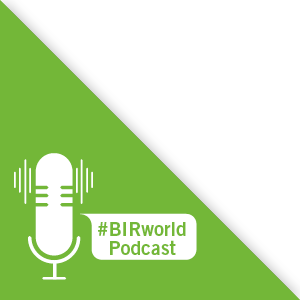After having experienced one of its largest growth contractions (of around 24%) in the April-June quarter of 2020, India’s negative GDP growth was cut to 7.5% in the July-September period. Fascinated with alphabets, economists are predicting a double-barrel, V-shaped recovery for this country: the “inner”, smaller V entails normalizing activity at pre-pandemic levels; and the “outer”, larger V involves cyclically recuperating from the slump in the business cycle which started long before the pandemic. India was cruising at 8.2% growth in the first quarter of 2018 but this figure slid consistently to just 3.1% by the opening quarter of 2020.
Looking to the 2021-22 financial year, it is imperative that India gets three things right. Firstly, having pre-sourced vaccines, it needs to inoculate nearly half the country by late summer next year - a herculean, logistical task that needs to be achieved without glitches. As coverage increases, contact-intensive industries such as travel and hospitality should be able to bounce back.
Secondly, India must propel consumption growth through cheaper money supply. Over the last two quarters, the Reserve Bank of India has reduced interest rates by 250 basis points, leading to unprecedented post-unlocking sales of vehicles, white goods, new housing and durable goods; this momentum needs to be maintained.
And thirdly, India should look to fast-track all major infrastructure projects and to scale up capital expenditure. Considering that government revenues have been shrinking, that leaves them with a Hobson’s choice between fiscal consolidation and fiscal activism; India will need to unleash that animal spirit if it wants to return to an 8% growth trajectory.
The non-ferrous secondary sector has made a robust comeback following a very difficult summer. Most smelters are back to full capacity and order books are looking very healthy, at least until the next quarter. While the continuous rally in metal prices has realized better profits, a stronger rupee and lower interest rates have also provided ample reasons to cheer. Accessibility to a resurgent local market and export opportunities in China, Japan and South East Asia for aluminium, copper and brass semis have been good news for Indian producers, but this situation could change. Inbound/outbound freight costs and equipment availability issues have started to play havoc and are now weighing on routine business. Also, the scramble for good-quality scrap is becoming extremely intense as many other countries are also ramping up their needs.
Barring these challenges, the overall mood within industry is positive.

Dhawal Shah
Metco Marketing (IND) PVT Ltd, Senior Vice-President of the BIR Non-Ferrous Metals Division
Country
 India
India
